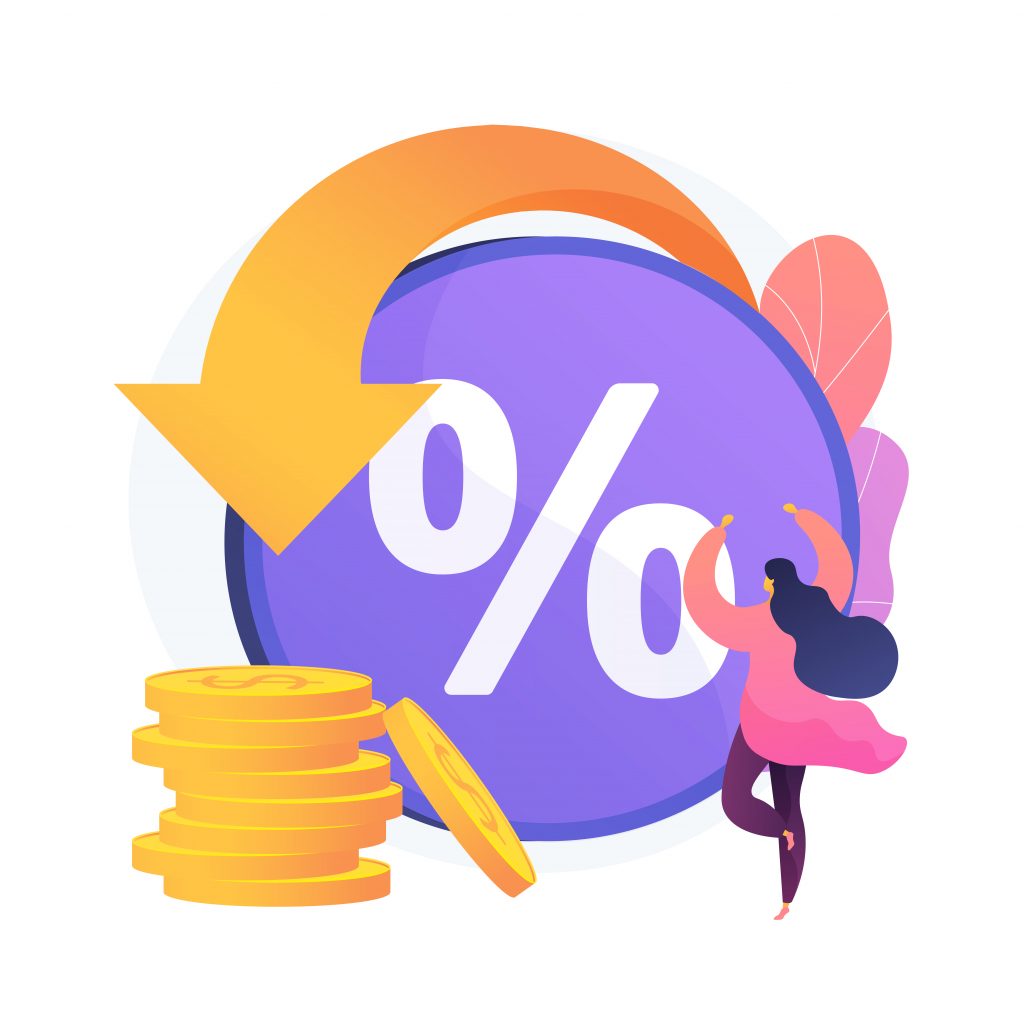
How Long Will My 401(k) Last?
Calculating your savings isn’t easy. Discover how to estimate monthly retirement income and how many years it will last.

After years of work and saving for retirement, many will ask themselves: how long will my 401(k) last?
The 401(k) is the most popular retirement savings plan, with 98% of workers relying on it. However, calculating your savings isn’t easy, and sometimes it can be challenging for employees to calculate an exact sum.
Sponsors depend on their 401(k) plans in many aspects of their lives, especially during difficult times. Facing financial difficulties, going through a divorce, or experiencing an unexpected stock market crash?
Your 401(k) plan offers flexible solutions to help withstand tough times and simultaneously protect your financial assets and retirement savings.

Simply put, a 401(k) plan is a retirement plan offered as one of the employment benefits for employees. It is an employee-sponsored pension account with tax benefits to the saver, i.e., the employee.
401(k) got its name as a combination of section number (401) and paragraph (k) in the Internal Revenue Code.
Both long-term and part-time employees are eligible for 401(k) plans, but what makes them popular is their promise of financial stability and security for the years to come.

Depending on the rules that govern them, there are several types of 401(k) plans. Most of them can be combined, meaning employees can have both Roth 401(k) and traditional 401(k) plans. Even though 401(k) are employer-sponsored plans, the employees contribute to the plans as well.
401(k) plans differ by flexibility, contribution requirements, limits, business, or company size.
Some of the most used 401(k) plans are:
Employee contributions towards a traditional 401(k) plan include pre-tax deductions. Both private and public employers of any size can offer their employees traditional 401(k) plans.
Moreover, employers can also match a portion of employees’ 401(k) contributions. This plan is also flexible and has many advantages regarding investment options, employee contributions, and salary deferrals.
Even though Roth 401(k) and traditional 401(k) plans are similar, one significant difference exists between them. Under Roth 401(k), employees contribute to the IRA with an after-tax amount of their salary. This means that all the income earned from the Roth will be tax-free later in retirement.
While Roth 401(k) is suitable for all businesses of any size, it is best for high-income earners, and as practice shows, for millennials, too.
This plan’s main benefit is that it automatically passes the non-discrimination test, meaning employees don’t have to pass an ADP and ACP test every year.
Safe harbor 401(k) is most suitable for high-earners, small businesses, business owners, or anyone willing to invest heavily in their retirement account.
Besides saving money and time required to pass non-discriminatory tests, safe harbor 401(k) enables employees to maximize their retirement savings.
The simple 401(k) is most suitable for self-employed workers or small business owners.
As the name implies, it is a simplified version of the traditional 401(k).
It is cost-effective because there are no discrimination tests, and it is flexible to suit the sponsor’s needs.
Still, employees using the simple 401(k) plan cannot receive accruals and contributions from other employer-sponsored retirement plans.
Solo 401(k) or Self-employed 401(k) is an individual retirement savings plan designed for the needs of a single employee or employer, self-employed individuals, and small business owners with no employees (except for their spouse or partner).
It allows the sponsor to contribute as both employee and employer, thus maximizing the retirement contributions.

The efficiency of the 401(k) plan is visible once the retirement milestone is reached. Still, many wonder how much they should withdraw to make the most of their retirement savings.
One approach is to follow William Bengen’s 4% rule.
Tested during some of the worst financial crises in the U.S., this rule suggests that 4% is a safe withdrawal rate.
Simply put, sponsors should withdraw 4% of the savings in the first year and take the same amount each year, plus an inflation adjustment. This way, the retirement savings can stretch to 30 years or more. Still, this is viable for sponsors who invested at least 50% of their income in stocks and 50% in bonds.
There are several factors to estimate how long your savings will last.
These include investment returns, taxes, inflation, and other expenses. Still, by weighing the savings and investment return over time against annual expenses, you can estimate the monthly distributions and the approximate years they will last.
Still, the easiest way to calculate approximately the monthly amount and the estimated number of years it will cover is by using a retirement savings calculator.

Though it depends on different factors, and there isn’t an exact formula to calculate it, there are ways to estimate monthly retirement income and how many years it will last. Whether opting for a rigid 4% rule or following a more dynamic withdrawal strategy, it’s essential to have an overall guideline for spending and adjust it if necessary.
The content in this blog post is for general, informational purposes only and is not meant to constitute legal, tax, accounting, or investment advice. You should consult a qualified legal or tax professional regarding your specific situation.
Browse our curated list of vendors to find the best solution for your needs.
Subscribe to our newsletter for the latest trends, expert tips, and workplace insights!

Calculating your savings isn’t easy. Discover how to estimate monthly retirement income and how many years it will last.

As webinars grow in popularity and convenience, we look at the tools that make them possible. Learn how to choose webinar software that’s reliable, user-friendly, and has all the right features.

Explore valuable intent data statistics to learn how it can help companies better understand prospects and offer adequate solutions to their needs.

Gain an understanding of buyer intent data and its benefits for marketing and sales teams. Learn how to leverage it to generate new, qualified leads and increase sales conversions.
Used by most of the top employee benefits consultants in the US, Shortlister is where you can find, research and select HR and benefits vendors for your clients.
Shortlister helps you reach your ideal prospects. Claim your free account to control your message and receive employer, consultant and health plan leads.